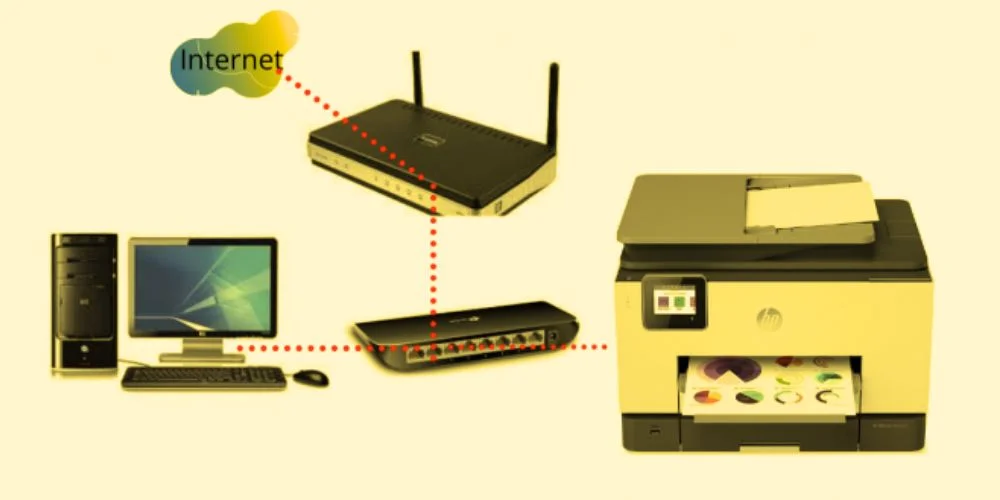
Whether you use your printer at home for personal tasks or in the office for important documents, a printer connection problem can bring your workflow to a complete standstill. And while the message “printer not connected” or “cannot communicate with printer” might sound simple, the reasons behind it can be surprisingly complex.
A printer connection issue can appear suddenly, even if your printer was working perfectly just yesterday. Common triggers include:
Changes to your Wi-Fi network or password
Loose or faulty USB cables
Outdated printer drivers or operating system conflicts
Power interruptions that reset your printer’s settings
Interference from security software or firewalls
Sometimes the cause is obvious, but in many cases, it’s a mix of small issues that build up until the printer can no longer communicate with your computer.
Understanding how your printer connects to your computer can help make sense of the issue:
USB Connection – Simple and direct, but vulnerable to cable damage or port issues.
Wireless (Wi-Fi) – Convenient, but can be disrupted by network changes or signal interference.
Ethernet (Wired Network) – Reliable, but depends on proper network configuration.
Bluetooth – Easy for short-range use, but less stable for larger print jobs.
No matter which method you use, each has its own potential weak spots.
Printer connection problems aren’t just an inconvenience—they can have real consequences.
For businesses, it could mean delays in sending out invoices, printing contracts, or preparing reports.
For students, it might mean missing a deadline for an assignment or project.
For home users, it could mean not being able to print important tickets, forms, or personal records.
In a fast-paced environment, even a small delay can throw off your entire schedule.
Modern printers are more advanced than ever, but that also means they rely heavily on software, networks, and drivers to work correctly. As operating systems like Windows 11 and macOS continue to evolve, printers need to stay compatible through regular updates.
If a printer hasn’t been updated—or if something in your system changes unexpectedly—it can quickly lead to a connection failure.
While the error message might be the clearest sign, there are other indicators:
Your computer can’t find the printer in the device list.
Print jobs stay stuck in the queue without printing.
The printer shows as “offline” even though it’s powered on.
Printing works sometimes but not consistently.
If you notice these symptoms, it’s likely the problem is connection-related.
Printer connection problems can be tricky. Sometimes it’s a simple fix, but other times the cause is buried deep in network or software settings.
Trying to troubleshoot without the right tools or knowledge can lead to more frustration—and in some cases, even make the issue worse. That’s why many users choose to get help from a printer support specialist who can quickly identify the root cause.
A professional can:
Check whether the issue is with the printer, the computer, or the network.
Spot compatibility problems between your printer and operating system.
Restore the connection without unnecessary guesswork.
Prevent the problem from recurring in the future.
We help both home and business users get their printers connected and working again—fast.
All printer brands supported – HP, Canon, Brother, Epson, Lexmark, and more.
All connection types covered – USB, Wi-Fi, Ethernet, and Bluetooth.
Windows and Mac expertise – We handle issues on all major operating systems.
Quick turnaround – Many problems diagnosed and resolved in a single session.
We understand how important your printer is to your daily routine, and we work to get you back up and running with minimal downtime.
If you’re stuck with a printer that won’t connect, you don’t have to keep struggling with it alone. The sooner the problem is addressed, the sooner you can get back to printing without interruptions.